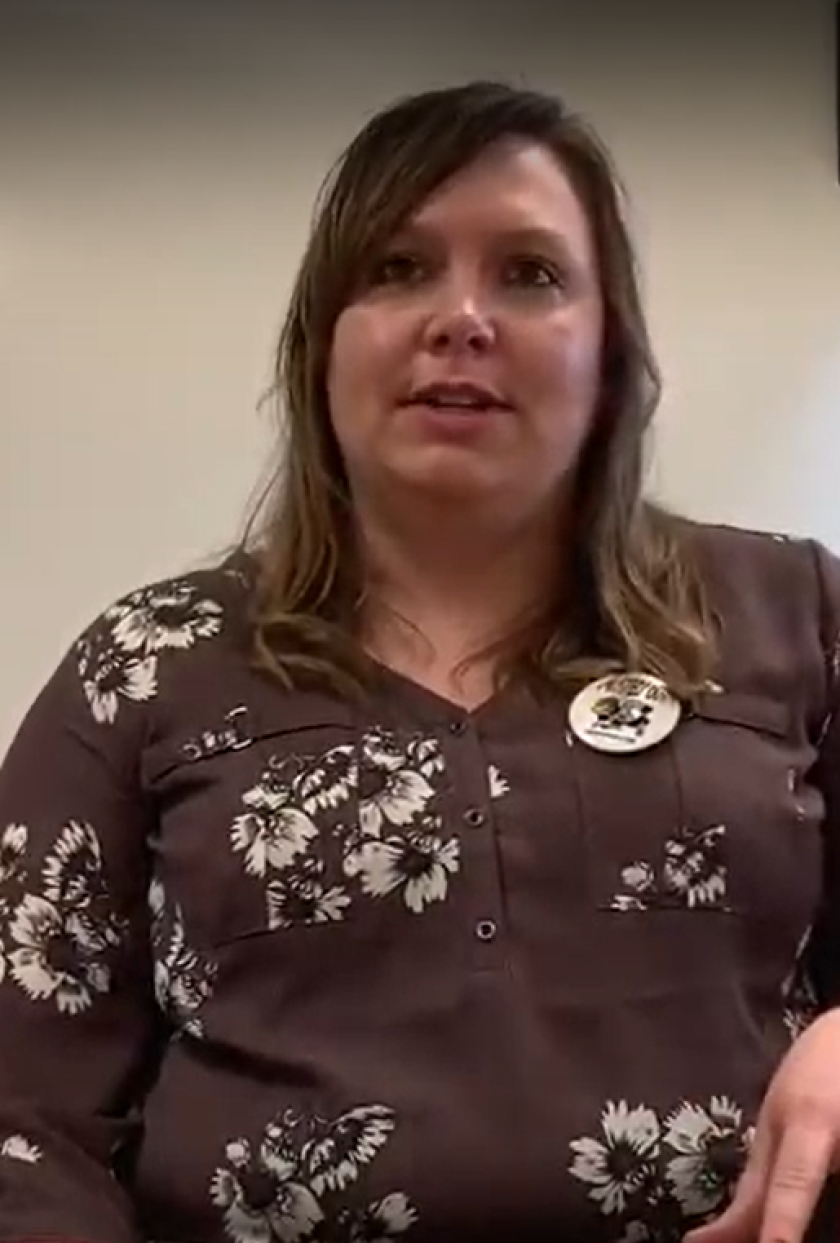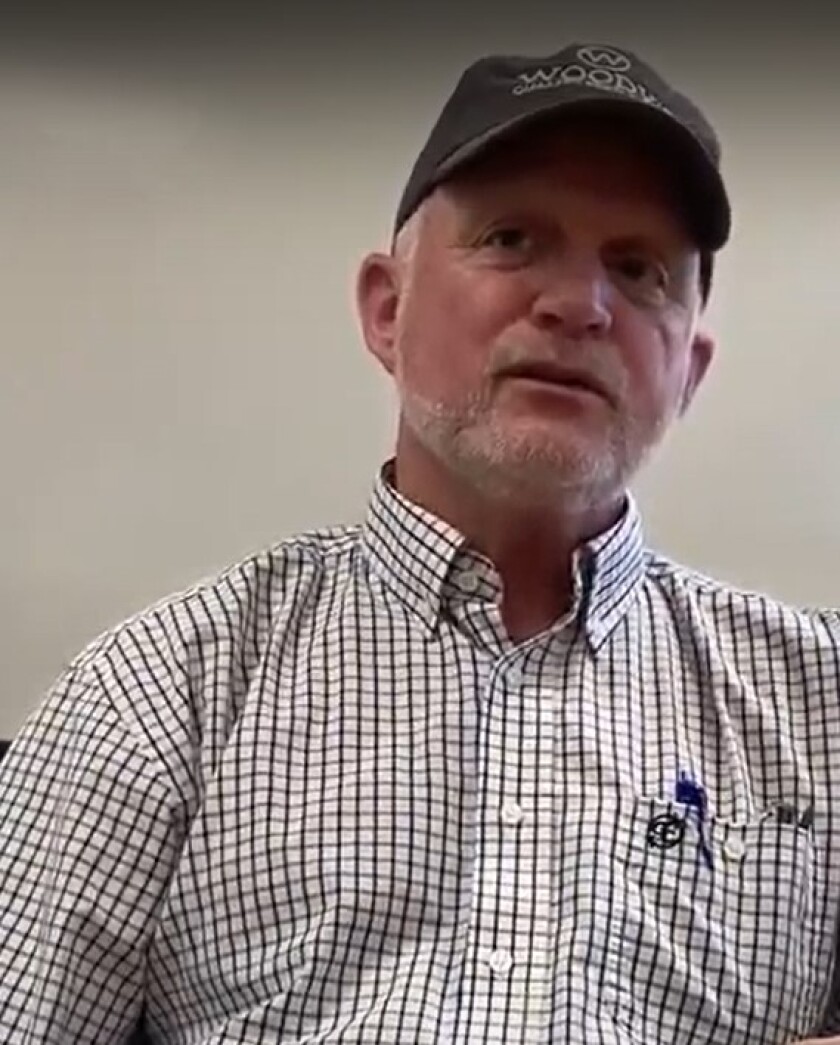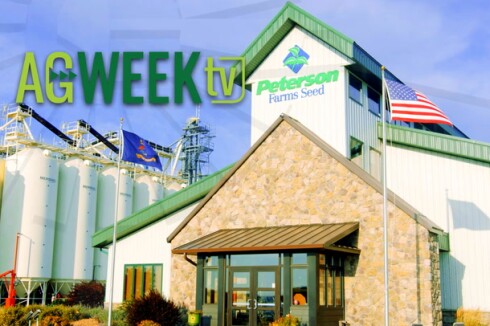DICKINSON, N.D. — Across the western United States, you’ll hear a common refrain, said Jim Rose, state adviser for Montana FFA.
“Everyone wants an ag program, but to try to find a teacher to do it with is the challenge,” he said.
Montana has 98 agriculture education programs, and Rose said that’s a number that has climbed over the past decade, during which time they’ve added one to three programs per year.
It’s a similar story in North Dakota , where two to six new teacher positions in agriculture education get posted every year.
“Right now, we are seeing unprecedented demand and growth in agricultural education across the state,” said Aaron Anderson, state adviser for North Dakota FFA . “With that growth, as well as an existing shortage, it’s kind of compounded our teacher shortage challenges.”
ADVERTISEMENT
“There’s a pressing need for ag education nationwide,” said Adam Marx, associate professor of agricultural education in teacher education at North Dakota State University.
To try to lessen that shortage throughout the region, Dickinson State University is partnering with North Dakota State University to train more potential ag teachers through an innovative master’s degree program.

“We feel this is a really creative and purposeful way to further give people access to becoming and developing into qualified educators,” Marx said.
“It’s going to allow more access for students to a degree in agricultural education and will hopefully help us be able to place new teachers in programs all over North Dakota, but especially in western North Dakota as well as eastern Montana, South Dakota and Wyoming,” Anderson said.
A comfortable environment
Western North Dakota and eastern Montana share a lot of attributes, from landscape to agriculture. That includes the fact that the communities tend to be small and remote.
Rose said teacher positions in eastern Montana tend to pay less than their counterparts elsewhere in the state, and adding the remoteness of the positions can compound the problem of recruiting teachers.
Existing collegiate agriculture education programs in the region are at Montana State University, in Bozeman, Mont.; North Dakota State University, in Fargo, N.D.; South Dakota State University, in Brookings, S.D.; and University of Wyoming, in Laramie, Wyo.
ADVERTISEMENT

“We leave a huge geographical gap in western North Dakota and eastern Montana and western South Dakota,” said Brook Thiel, assistant professor of agricultural education at NDSU.
Holly Gruhlke grew up in Wolf Point, Mont., and she sees another issue.
The campuses with existing agriculture education programs are many times the size of the communities that a lot of agriculture-minded students in eastern Montana and western North Dakota come from, plus they’re far away, said Gruhlke, now the dean of the College of Education, Business and Applied Science at DSU.
“The thought of going to Fargo is scary” for some small-town students, she said.
That’s how Gruhlke ended up at Dickinson State as a student years ago. A small campus in a smaller community felt more welcoming to her. And she can see that being a boon for attracting rural students who are interested in becoming high school ag teachers.

Dickinson State, Gruhlke explained, is a dual purpose institution, meaning the State Board of Higher Education entrusted it to provide both liberal arts education and workforce training. Since DSU began as a “normal school,” training teachers is a big part of its history. Chip Poland, chair of the department of agriculture, said the school added a bachelor’s degree in agricultural studies about 20 years ago, and other related programs, like welding, have been added, too.
ADVERTISEMENT
Poland started looking for ways to incorporate agriculture education into the DSU curriculum around the same time that bachelor’s degree was added. But it would take many years of planning, along with a boost from COVID-19, to get the program into place.
How it will work

Poland said DSU decided against creating its own agriculture education program from the ground up for a variety of reasons. Students who are looking to obtain a bachelor’s degree to teach have a variety of options in the region, and it didn’t make sense to compete for students with those institutions. But also, NDSU already had the agriculture education expertise, so working together was a way to efficiently use state resources.
Marx said DSU offers a generalist approach to agriculture studies, which fits well with the nature of teaching agriculture. Plus, Dickinson focuses on agriculture the way it looks in that part of the region, Thiel said, which is different than how it looks in the Fargo area.
“For both of us, it’s working with strengths,” Marx said.
Students in the program will attend Dickinson State University to get a major in agricultural studies and a minor in agriculture education. During their bachelor’s program, they will start taking some education classes and doing some education fieldwork, Thiel said. The students will be in DSU classrooms for the education classes, but they’ll be interacting with classes in Fargo at NDSU.
“We feel we can offer our classes in a real high quality sense to those students,” Thiel said.
ADVERTISEMENT
After they graduate with their bachelor’s, they will finish their master’s degrees in agriculture education in their fifth year of study. Like the undergraduate education classes, those courses will be physically in Dickinson but taught in Fargo.
Several students already enrolled at DSU are interested in the program, Poland said, as well as several incoming students. His ultimate goal would be to have at least eight to 12 students graduate with a master’s from the program as it gains traction.

The timing was right to start the program in 2021. Marx said having enough faculty at NDSU was a problem previously, but when Thiel came on board for the 2020-21 school year, it created some opportunities. Plus, COVID-19, surprisingly, helped move the needle.
Gruhlke said involved parties at the two institutions would otherwise have planned in-person meetings to discuss the programs but because of COVID-19 precautions were able to use some distance technologies to work together and see each other more often than occasional in-person meetings. Additionally, professors learned more about how to engage students in a remote environment, and COVID-19 relief programs provided universities with funding for technologies that make distance learning easier.
Getting a master’s degree is not an investment everyone will want to make, Thiel said, but it will provide early career teachers with higher pay opportunities.
“Hopefully it pays for itself in the long run,” she said.
Thiel taught high school agriculture for seven years before moving to NDSU. She said the career opportunities in the field include secondary agricultural education, jobs in Extension and more.
ADVERTISEMENT
“Agriculture education is an incredible career. There is a ton of joy in teaching youth about agriculture and kind of getting to live your passion of agriculture and influencing the next generation of agriculture leaders,” she said. “You will always find a job.”
(Emily Beal contributed to this story.)




